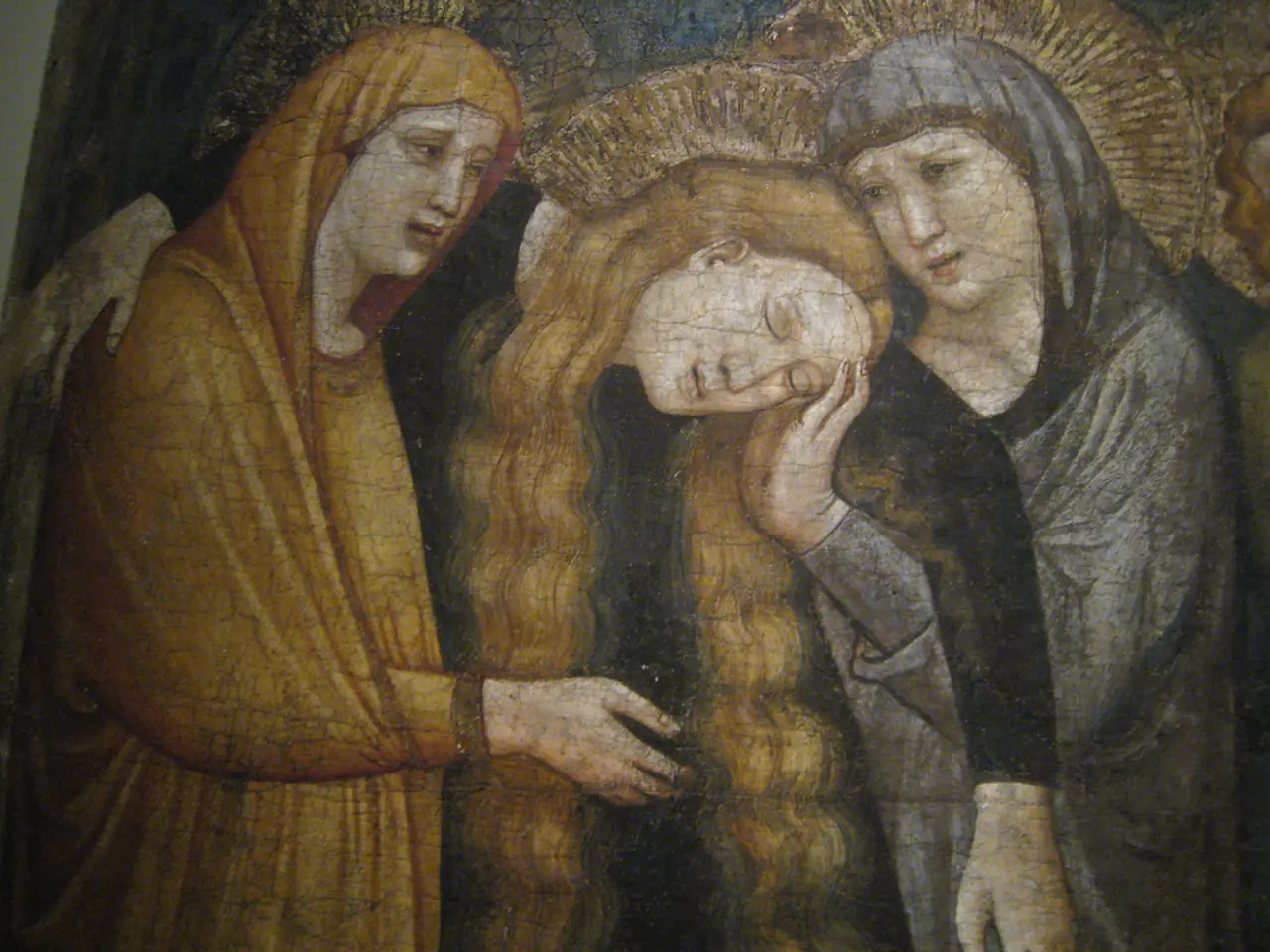AI-crafted Replicas of Renoir's Artistic Canvas Designs
In the realm of art and technology, a fascinating intersection is being explored through a deep learning technique known as Neural Style Transfer (NST). This innovative method allows for the creation of images that combine the content of one image (such as a photograph) with the style of another, like the works of famous artists such as Renoir or Picasso.
### How Neural Style Transfer Works
The process begins with a pre-trained Convolutional Neural Network (CNN), often trained on image recognition tasks, extracting feature representations from two input images. The first image, known as the content image, provides the underlying structure and objects, while the second image, the style image, offers the artistic brushstrokes, colors, textures, and patterns characteristic of the painting style.
Different layers of the CNN capture different levels of abstraction: deeper layers capture content (shapes and objects), while earlier layers capture style (textures, colors, patterns).
The NST algorithm then defines two key loss functions: content loss and style loss. Content loss measures the difference in content features between the generated image and the content image, ensuring the output preserves the original scene. Style loss, on the other hand, measures differences in style features between the generated image and the style image.
Starting from a random or content image, NST iteratively updates the generated image to minimize a weighted sum of the content and style losses. This optimization process adjusts the pixels so the image aligns with the content structure while adopting the style characteristics. The result is an image that depicts the content in the style of the chosen artist.
### Advances and Variations
Early NST methods were optimization-based, slow but flexible in style transfer. Later approaches use architectures like Adaptive Instance Normalization (AdaIN) to enable real-time style transfer by adjusting feature statistics for style control. More recent models incorporate Generative Adversarial Networks (GANs), Variational Autoencoders (VAEs), or diffusion models for higher quality, diversity, and stability in generated images.
Style transfer often leverages labeled datasets with stylistic attribute tagging to better capture complex artistic features such as brushstrokes, color palettes, and composition, improving the model’s ability to emulate specific artists.
### A Tribute to Renoir and the Impressionist Movement
One of the most captivating applications of NST is the generation of images in the style of Pierre-Auguste Renoir, a key figure in the Impressionist movement. Renoir, born in 1841 in France, grew up in a working-class family and is renowned for his vibrant paintings that captured moments of joy and beauty in everyday life.
AI-generated images in the style of Renoir are not authentic artworks by the artist but imitations that showcase the potential of deep learning techniques in artistic applications. Users can blend the content of photographs with the aesthetics of famous paintings or artworks, showcasing the versatility and creativity of this technology.
In conclusion, Neural Style Transfer offers an exciting opportunity to merge the artistic expressions of the past with the digital creations of the present. By decomposing images into content and style representations via CNNs and optimizing a new image to preserve the content while adopting the style patterns of the target artwork, AI can generate visually compelling images that reflect the distinct artistic expression of masters like Renoir or Picasso.
Artificial Intelligence, through Neural Style Transfer (NST), reimagines the works of renowned artists like Renoir by combining the techniques of deep learning with the aesthetics of the Impressionist movement. This technology allows users to blend the content of contemporary photographs with the style of classic paintings, demonstrating the potential for technology and artificial-intelligence to redefine the realm where art and innovation intersect.




